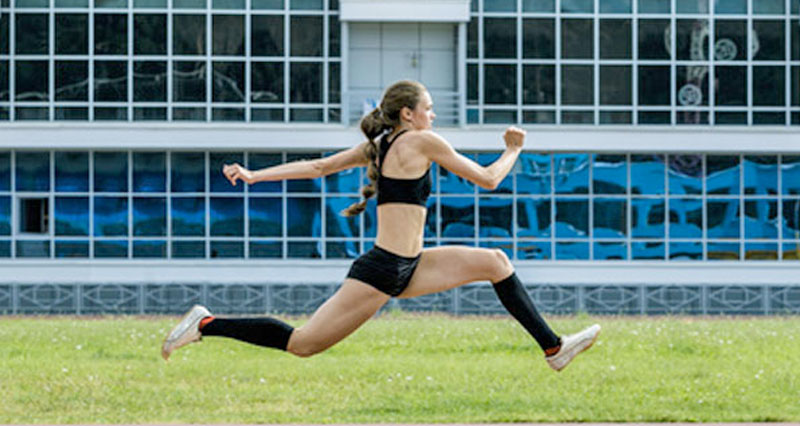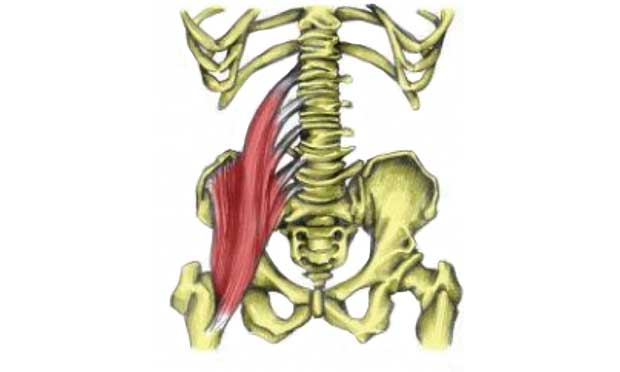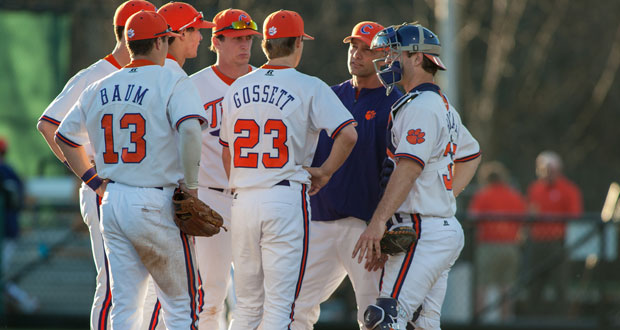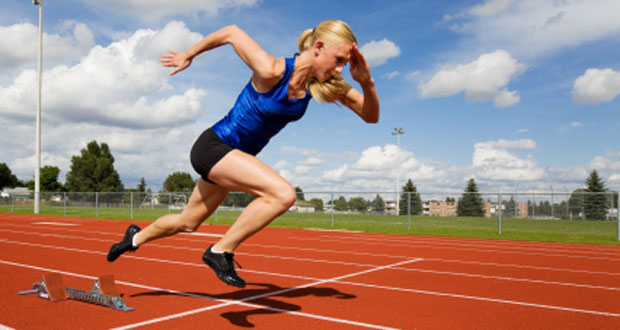Cricket is a relatively slow-paced and safe sport to take part in, providing the batsmen wear the correct protective equipment! However, the slow pace can be a disadvantage as fielders especially, find it difficult to keep their shoulder and arm muscles warm to prevent injury, in between the action. Other than contact from the ball, the most frequent causes of injury are bowling and throwing.
Preventing cricket injuries
Warm-up
One of the best ways of avoiding injury is to ensure a full warm-up is undertaken. This should involve 5-10 minutes of cardiovascular exercise in order to raise the heart rate, increase the body and muscle temperature and improve muscle elasticity. This should be followed by stretching exercises which are usually a combination of active and static stretches. The key areas to stretch are the muscles of the legs (including the buttocks) as well as the pectorals and shoulder musculature. Throwing and batting drills are then usually incorporated to prepare a player mentally as well as enhancing their coordination and motor performance. Fielding players should repeatedly perform these active stretching exercises whilst out in the field to prevent the muscles from cooling when not in action.
Strength
As with all sports, strength is a desirable feature of any player’s armory. Strength for cricket is mainly focused on the upper body, to enable a powerful throw, bowl or strike. Being strong is all well and good, but you also need to develop power, the ability to use your strength quickly. This will further improve performance. In terms of preventing injury, strength prevents fatigue, which leads to poor technique and injury. Training programs should also work on leg strength and core stability in order to run in heavy pads and maintain your stability whilst doing so.
Conditioning
As with all sports, the player must be fit for the specific task in question. This not only relates to the sport, but also the player’s position and role within the team. A bowler will have a different training program to a wicketkeeper in terms of strength training. However, most players will work on anaerobic fitness using interval training due to the short bursts of activity whether it be making runs or chasing the ball when fielding. If a player is not fit for the sport then fatigue kicks in and fatigue leads to poor technique and injury.
Equipment
Most outfield players and bowlers do not wear any protective equipment. The exception is the wicketkeeper who will usually wear a helmet with a faceguard and gloves. The batsmen, however, wear a helmet with a faceguard, leg pads, and gloves to avoid injuries caused by the ball.
Common Cricket Injuries
The most frequent injuries in cricket are to the upper limb, especially the shoulder and tend to be overused in nature, meaning they come on gradually rather than from a traumatic incident.
Rotator cuff injuries
The rotator cuff is a group of four muscles which attach to the scapula (shoulder blade) and cross the shoulder joint to insert on the upper arm. Their function is to stabilise the shoulder joint and assist with rotational movements. The rotator cuff muscles are often injured in sports involving overhead throwing. The most common injury is a rotator cuff tear, where one of the muscles is torn (normally partially), followed by tendinitis of one of the tendons, often caused by impingement within the joint. Find out more about rotator cuff injuries.
Glenoid labrum injuries
The glenoid labrum is a ring of cartilage which surrounds the socket of the shoulder joint. It acts to increase the depth of the socket and so the stability of the shoulder joint. The Bicep tendon attaches in part to the labrum and so when throwing, a strong contraction of the biceps causes a pull on the labrum which can result in a tear. Pain usually presents on the ‘cocking’ phase and the follow-through phase, at the back of the shoulder. A torn labrum can place extra strain on the rotator cuff and result in another tear to one of these muscles. Find out more about labrum injuries.
Golfers/throwers elbow
The muscles of the forearm which act to flex the wrist and fingers attach to the medial epicondyle on the inside of the elbow. Repetitive wrist flexion, pronation and gripping are all important features of throwing activities. With repetitive use, the common tendon of these muscles can become inflamed and painful at the point where it attaches to the bone. In severe cases, the tendon may develop small tears, although it rarely ruptures completely. Learn more about golfers or throwers elbow.
Lower back pain
Back injuries are most regular in fast bowlers due to the extension and rotation forces involved. The source of the pain may be a lumbar disc herniation, facet joint pain or muscular strains to name just a few common causes. Learn more about lower back pain.
Hamstrings
The hamstrings are the muscle group which forms the back of the thigh. They are commonly injured in sports involving sudden bursts of speed. When this happens the hamstrings must act eccentrically to decelerate the forward motion of the tibia (shin bone). It is at this point that the hamstrings are most commonly injured. Hamstring strains can be graded 1-3 as with all muscle strains. Grade 3 is a full rupture. Find out more about hamstring strains.
Contusions
Contusions usually occur as a result of the ball hitting an area that is not protected, on either a batsman or a fielder. This causes damage to the blood vessels within the underlying muscle, where it is compressed against the bone. The extent of the damage depends on the depth of the contact, but all contusions should be treated with respect with the RICE protocol being applied immediately. If not treated properly, a deep contusion could result in myositis ossificans. Learn more about contusions.
Hand and finger injuries
Injuries to the hand or fingers usually result from a player catching the ball. Ligament sprains, fractures, and dislocations are all common. Find out more information about hand and finger injuries.





